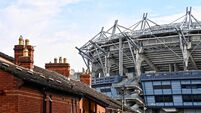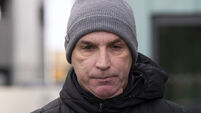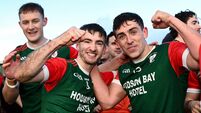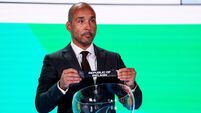Larry Ryan: Time Waterford were repaid for setting hurling men free
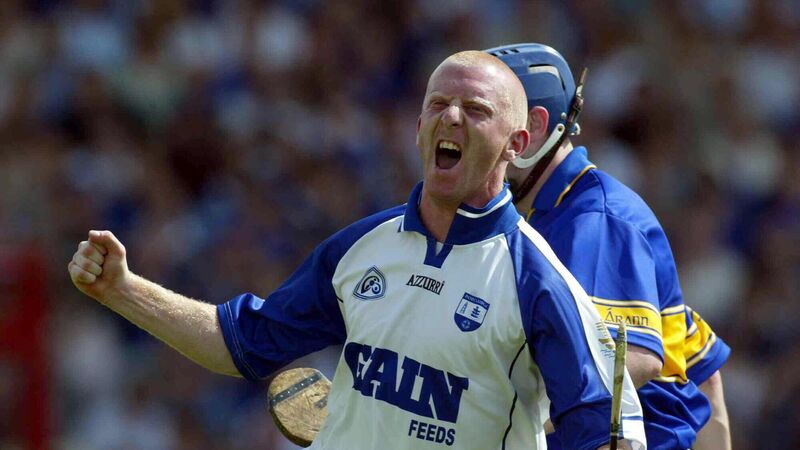
John Mullane celebrates scoring for Waterford in te 2004 Munster Championship. Picture: INPHO/Lorraine O'Sullivan
Some day Waterford will get their reward for lifting the yoke of repression off the modern hurling man. It might as well be now.
We had the revolution years but still the millennium dawned modestly. It was a reserved sport.
A keeper might have been entitled to a buckleap on his way back to goal after he buried a penalty. But mainly, whether you’d drilled 3-7 from play, or slotted a sideline to win it from your own 21 in the last minute, the only acceptable reaction was a lick of the fingers, a frown, and a purposeful trot back to your position with maybe the slightest hint of a spring in the step.
The latter the sort of indulgence your father would reproach you for later with a reminder not to be “acting the great fella”.
And the post-match interview routine was one any serious hurling youngster had mastered since taking the plaudits and cash the day of his first Holy Communion. “Ah sure look, I was lucky enough, got the few breaks when Fr Kennedy went over to the side aisle first.”
There was, seemingly, no ‘me’ in team. Individuals with tendencies towards making a show of themselves were usually lost to the game when they came out of minor, when they invariably died the hair and started knocking around with a married woman from in around the town.
Of course there were pockets of urban flamboyance in the likes of Cork city, where obscene acts such as goal celebrations might be tolerated. And there was Joe Hayes, ‘tumbling the wildcat’.
But in general, it was established protocol that a proper hurling man should not betray a glimmer of human emotion short of six bottles of Bulmers and four Fat Frogs.
The sole accepted means of self expression was the age-old tradition of the dunt — and the rutting and blackguarding that was obliged to take place between a corner-back and his man.
But Waterford changed all that in the noughties. From fist-pumping to body art through crest kissing and entertaining wives and girlfriends on the pitch, the Déise boys redrew all the boundaries for generations of bashful hurling men.
There was Big Dan, all baseball caps and tattoos and tie-dye. And not one bit afraid to depart from all known custom by gaping excitedly all around him in the pre-match parade, as if he was trooping around Times Square.
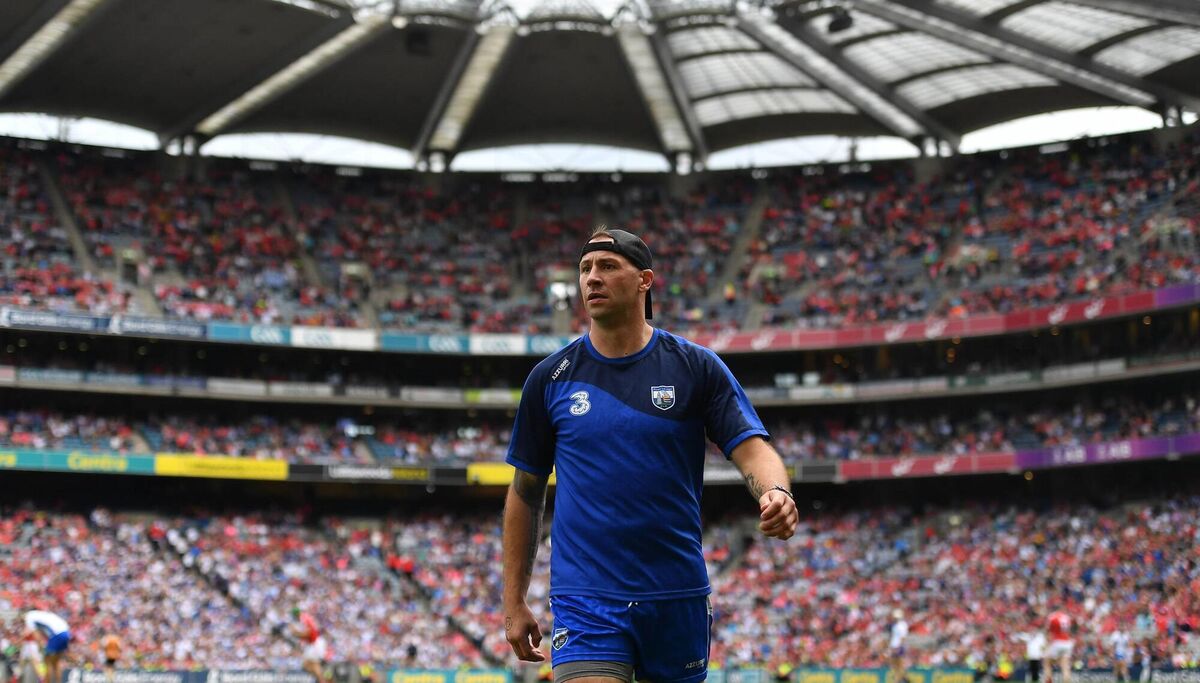
There was Eoin Kelly, kissing the badge and climbing fences. While John Mullane threatened to become the first human being to fly without mechanical propulsion, even when celebrating the award of a contested lineball. And the first to properly voice the love that dare not speak its name between a man and his county.
But they were all part of that whirlwind of blue and white that sportswriters and pundits became contractually obliged to describe as ‘swashbuckling’. A team set free long before we knew shackles as something hurling teams had to throw off.
And their influence was infectious. Unthinkable things started happening. Some of the greatest hurlers of the age found new means of expression. Seamie Callanan unveiled a Nicolas Anelka goal celebration. Joe Canning imitated John Cena’s ‘You can’t see me’.
Soon, you couldn’t win a free on your own 65 without triggering an orgy of fist-pumping and jubilation. And was it only around then that it became acceptable to admit to physical vulnerability by wearing skins in the National League?
Off the field, of course Waterford were also at the vanguard of such counter-cultural behaviours as ‘player power’.
And their work in broadening horizons continued into the next decade, Noel Connors shaving a path for the luxurious beard before everyone had them.
Derek McGrath soon joined a handful of others in tackling the last great hurling taboo — tactics. And fought gainfully to have replace as the key cultural artefact in hurling life.
More importantly, Big Maurice bravely tackled taboos off the field, and delivered vital truths about mental vulnerabilities.
And then, three years ago, long after he’d finished flying down the wing, John Mullane threatened to make an exhibition of the grand old game by riding naked down the quays of Waterford if the Déise won the All-Ireland.
This would have been a landmark scene in the evolution of the sport, just over a decade after TJ Ryan administered the traditional medicine for this kind of carry-on by walloping a streaker across the arse in the Munster Championship.
Alas, Waterford came up short. Had they won either of the two All-Ireland finals they reached since the turn of the century, the hurling world would probably be an even more colourful place.
As it is, while the hurling man has opened up a little, he is still encouraged to keep some lid on displays of ebullience.
Indeed Liam Cahill has been credited in many quarters for stirring the innate Tipp ability to bottle up your emotions into the Waterford bloodstream.
All their old heroes have been remarkably quiet too this week. And it has been left to Mount Sion choirboy Yung Shakur to liven up All-Ireland week and break more boundaries with his magnificent rap .
“Should be in Croydon with the fam, but I loves me county like John Mullane.”
On the pitch, they might be going about their business modestly. But they still have Aussie.
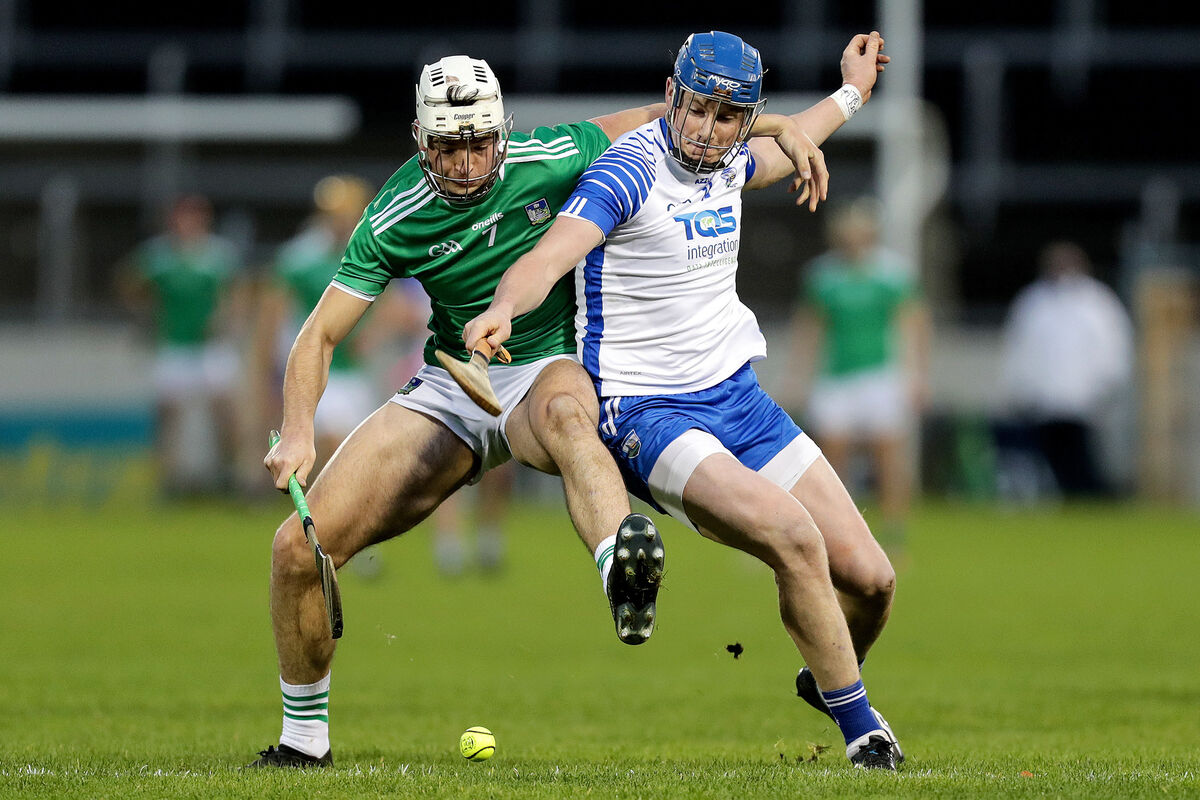
Mullane has described him as their Ronnie O’Sullivan, their enigmatic genius. Or maybe he’s their Pogba, a talent so mercurial it’s hard to harness it fully.
Cahill is now cast in the role of Didier Deschamps, bottling lightning. But Aussie can’t bottle up all his emotions. And surely he shouldn’t, lest his swash be buckled.
He started the season by getting his kit off to show us his six-pack. If he brings the six-shooter Sunday, Mullane may belatedly have to tog off too.
And hurling will be stripped of another layer of reserve.
Having touched here last week on the switch of ladies football semi-final venue, things, as they say, escalated swiftly on the morning of the game, with another 11th-hour change required.
It was disastrous publicity for a code that has mostly gained plaudits. And the LGFA handling of the mess didn’t win many friends.
Yet, there is something about the pile-on these days that we must instinctively be wary of.
It was a swift acceleration to ‘absolute disgrace’ for an organisation that has successfully brought its championships to the ultimate stage in these difficult times, without first call on venues. Championships many felt couldn’t go ahead.
And while you can’t not see merit in the consensus conclusion that camogie and ladies football must merge into the GAA to gain access to fields, we should be careful too about railroading them into anything.
Would women’s sport automatically gain a fair crack of the whip ‘under the umbrella’? No doubt bitter experience will leave many sceptical and wary.
And the LGFA would doubtless point out it has made ladies football Ireland’s fastest growing women’s sport under the steam of its independence. Stealing a march in terms of participation on the likes of soccer, which operates under the same FAI as the men’s game.
Yung Shakur (AKA Odudu Johnson): More magic from hurling’s newest poet: ‘Make you slip like Demba Ba. Cnoc Sion in the blood. So don’t get shook if I swing like Ken McGrath’.
Nigel Owens: Seemed like a decent skin, all the same. Even if the elevation to ‘legendary’ status of a referee says much about rugby. This is definitely not soccer.
Paolo Rossi: The first hat-trick I can remember. An elegant prototype of the perfect striker. RIP.
Liam Brady: Again called upon for obituary duty this week, and paid lovely tribute to his good friend Rossi. Another reminder of Chippy’s own unique standing as an Irishman who went far afield and inhabited the very highest altitude of the global game.


